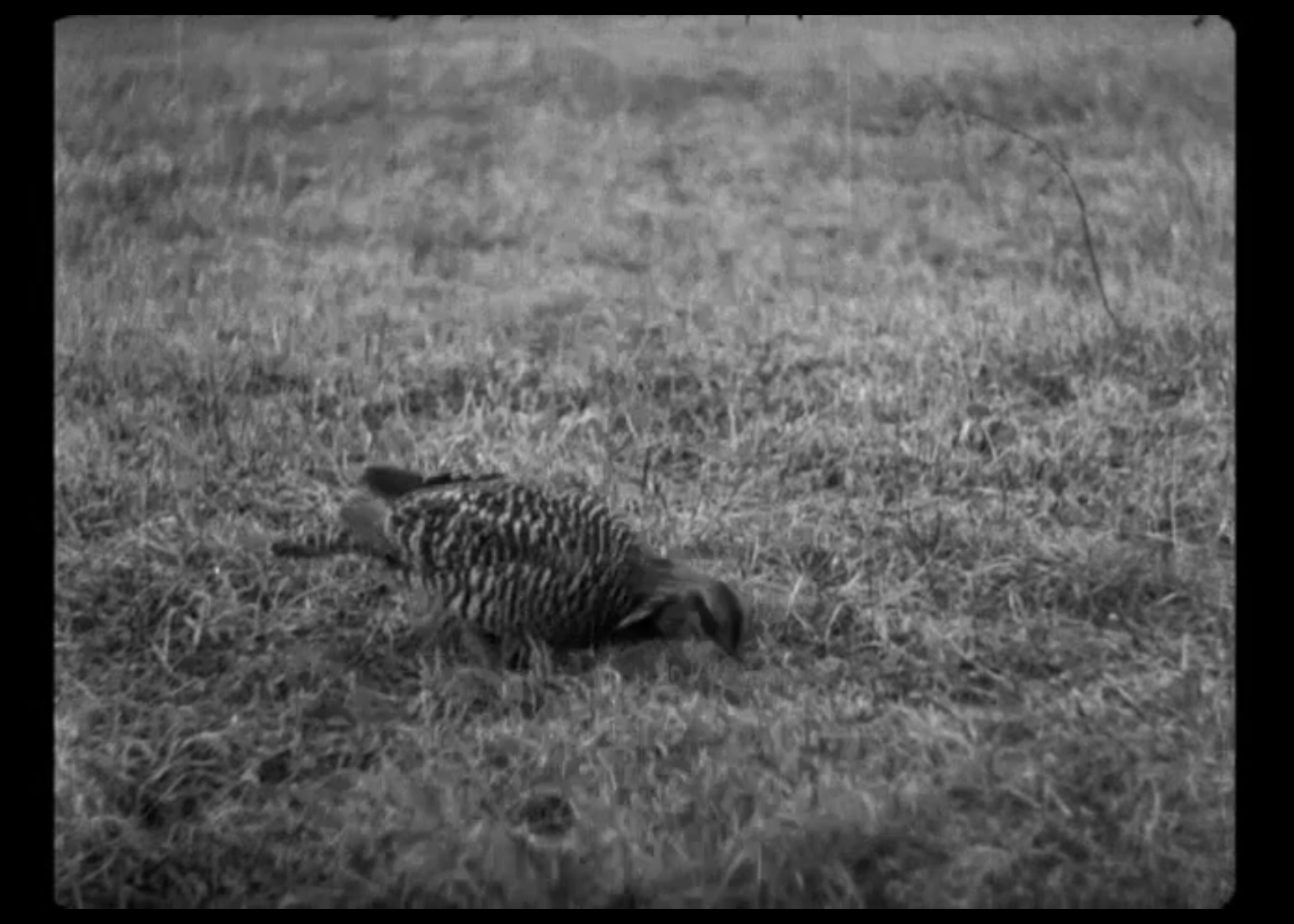Book talk honors Booming Ben’s story
November 8, 2024
 Courtesy of George J. Mitchell Department of Special Collections & Archives
Courtesy of George J. Mitchell Department of Special Collections & Archives“Many years ago, something extraordinary happened on Martha’s Vineyard, something that had never happened before and would never happen again.”
So begins Christie Lowrance’s children’s book, “The Last Heath Hen: An Extinction Story,” which she spoke about last Friday afternoon in Hawthorne-Longfellow Library. Lowrance was brought to the College by the Naturalist Club and Special Collections & Archives to share her knowledge on Booming Ben, the eponymous last heath hen.
When Booming Ben passed away in 1933, he had been identified as the final living heath hen. The heath hen’s habitat originally ranged from Maine to Virginia, but by 1839, the birds lived only on Martha’s Vineyard. The population dwindled, and though the number of living heath hens surged in the 1910s, a fire on the island in 1916 killed many females who refused to abandon their nests. By 1925, only three heath hens remained, all of them male.
“The death bell was tolling,” Lowrance said. “When you lose the females, there is no potential for the species to reproduce.”
Alerted to the dwindling population, Alfred Otto Gross, a former biology professor at the College, and his friend and colleague Thornton W. Burgess were called upon to monitor and study Booming Ben. In April 1931, Gross and Burgess marked Ben’s legs with metal bands. They then set him free to live out his days, but not before taking a photograph. Their portrait with Booming Ben was declared by the Vineyard Gazette in 1931 the “Most Intimate Picture of the Last Heath Hen” and is illustrated by Michael Berndt, the illustrator of “The Last Heath Hen” on the book’s final page.
Booming Ben is, in fact, featured on many of the book’s pages. He weighed around two pounds and was brown with black and cinnamon barring on his feathers. His name refers to the lekking processes by which male heath hens would compete for females, inflating two colorful tympanic sacs around their napes and calling out loudly in an attempt to woo potential mates.
“A field of male Heath Hens cackling and hooting and tooting and stamping and booming sounded like nothing anybody had ever heard or seen before,” Lowrance writes in the book.
When, in 1933, Booming Ben did not appear on the mating ground, the heath hen species was declared extinct. Lowrance sees her book as a potential way for children to better understand the importance of species conservation.
“It was one of the first species conservation programs in the world,” Lowrance said of Gross and Burgess’s work.
Liam Taylor ’17, the Doherty Kent Island postdoctoral scholar in biology, has focused his research on the conservation of birds. Lowrance called upon Taylor throughout her talk. Taylor reflected on the multilayered study of Booming Ben, both as a story of scientific progress and as a tale of personal connection.
“It is interesting to think about our relationship with this bird, who is entirely gone, as he is filtered through our relationships with each other,” Taylor said.
On Friday, in a silent film screened after Lowrance’s talk, Booming Ben was seen booming again. Director of Special Collections & Archives Kat Stefko noted in her introductory remarks that Bowdoin’s digitized film is the last known footage of Booming Ben. The film has only been shown twice to gathered audiences, last Friday included.
“I’ve become very fond of Booming Ben over the years,” Stefko said.
The silent frames of Booming Ben are interspersed with illustrative captions, written by Gross and Burgess.
“He ‘boomed’ a challenge to the rivals who did not come, and for the admiration of the longed for, but absent, mate,” they reflect on Booming Ben’s annual return to the lekking ground. “We each experienced the thrill of holding the last of its kind in the world, then released it.”
Lowrance greeted each and every visitor to the talk warmly, allowing eager toddlers, excited biologists and visitors from throughout New England to hear the touching tale of Booming Ben.
“And when there is only one of something, it is very important to take good care of it,” the book ends.

Comments
Before submitting a comment, please review our comment policy. Some key points from the policy: